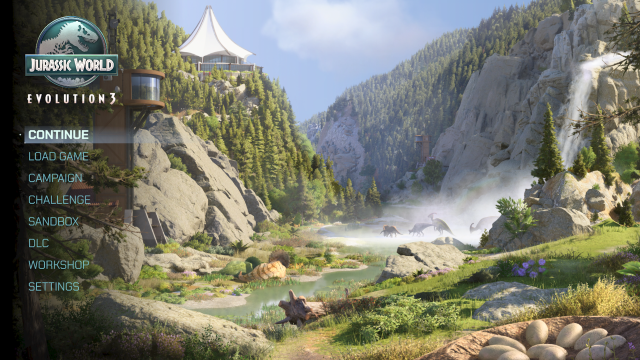On Wednesday, I purchased a newly-released game, Jurassic World Evolution 3 (JWE3). Today, I will be giving a review based on my first impressions of this dinosaur-park-building game and compare it to the previous release, Jurassic World Evolution 2 (JWE2).
Upon loading into the game, the home screen immediately stands out. The game modes, settings and more run down the left-hand side with transparent backgrounds, showing the artwork behind. The screen showcases a river winding through a valley with a small herd of dinosaurs in the distance. The bottom-right corner features a dinosaur nest, hinting at the new breeding mechanic. This is a major improvement from the previous game where huge boxes for the game modes took up the entire screen. The graphics and map design have also seen an improvement. The foliage looks more lush and detailed, and the maps generate rocky outcrops, especially around water. Overall, this makes the maps seem more realistic.
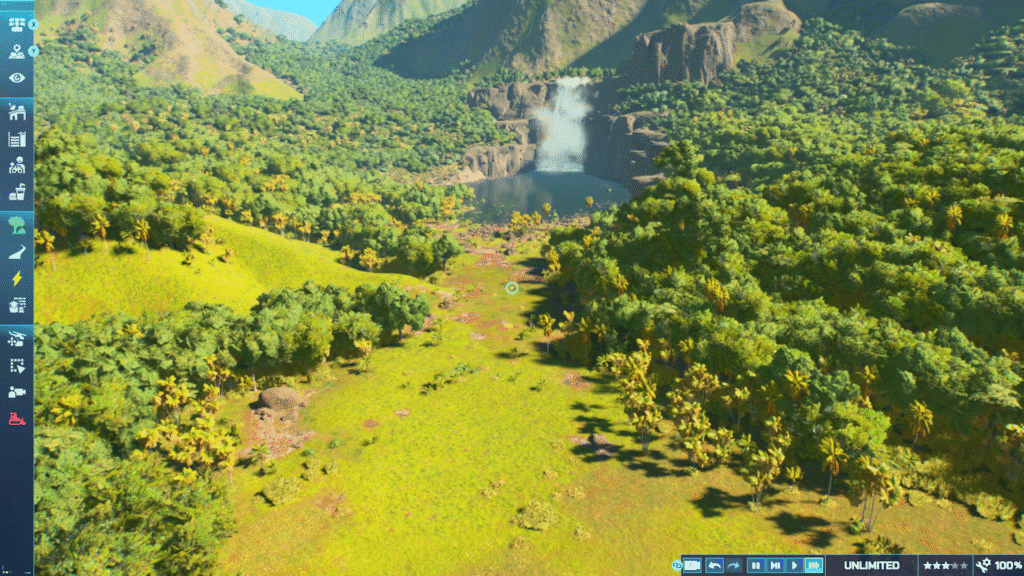
One of the main new features this game adds to the Jurassic World Evolution series is modular building. With a wide variety of categories, the modular building section has many pieces that allow players to construct buildings from scratch (with a plain base) or alter existing buildings. Furthermore, if the player is constructing a hatchery or arrival point, it shows them the required pieces. Alternatively, the game also has pre-built structures which are useful if you do not like the new building mechanic or have not mastered it yet. The modular building also provides sandbox players with a reason to play the campaign and challenge modes as these unlock a variety of dinosaur statues. Meanwhile, the previous game offered no reward for campaign and challenge mode, only unlocking a few extra skins. Unfortunately, it does not seem possible to change the colour of fences or the statues.
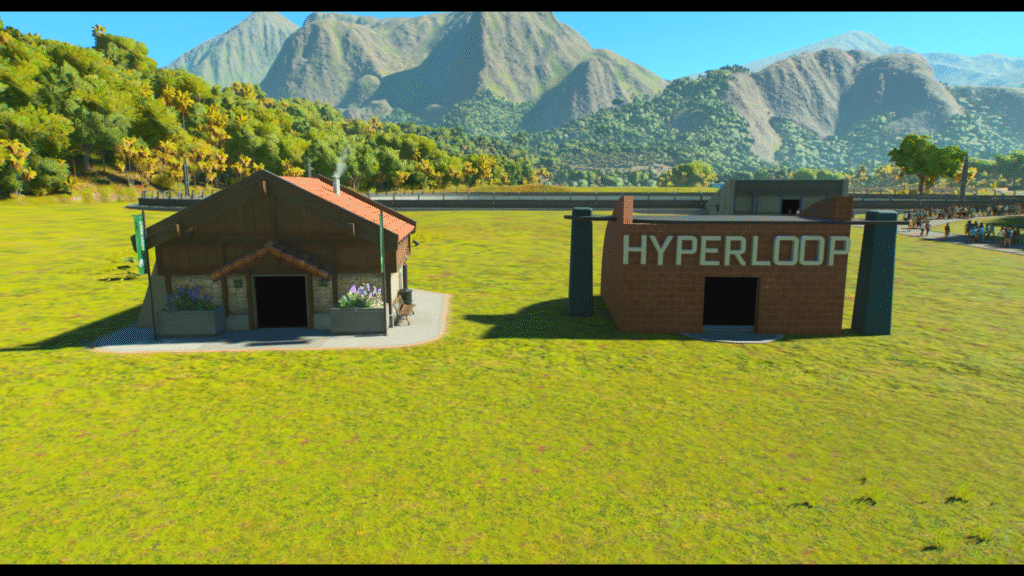
The new terrain tools, foliage and waterfalls also add a new level of creativity. There now appears to be no limit to raising or lowering terrain, ideal for creating mountains or hiding buildings like hatcheries and response facilities. Another pair of terrain tools are ramps. These new tools come in two forms: fixed ramps have a fixed angle, while dynamic ramps connect two points. This makes it much easier to create shallow and smooth hills for dinosaurs and guests to walk on. The new wetland foliage will add more variety in the biomes that players can make. For example, I used to make swamps in JWE2 by putting trees in water, but I can now create a proper wetland. Another feature that jumps out are the waterfalls. These can add much more detail to enclosures but can be difficult to master at first. However, the waterfall mechanic can just be used to create the impression of flowing water as only very small changes in height are needed.
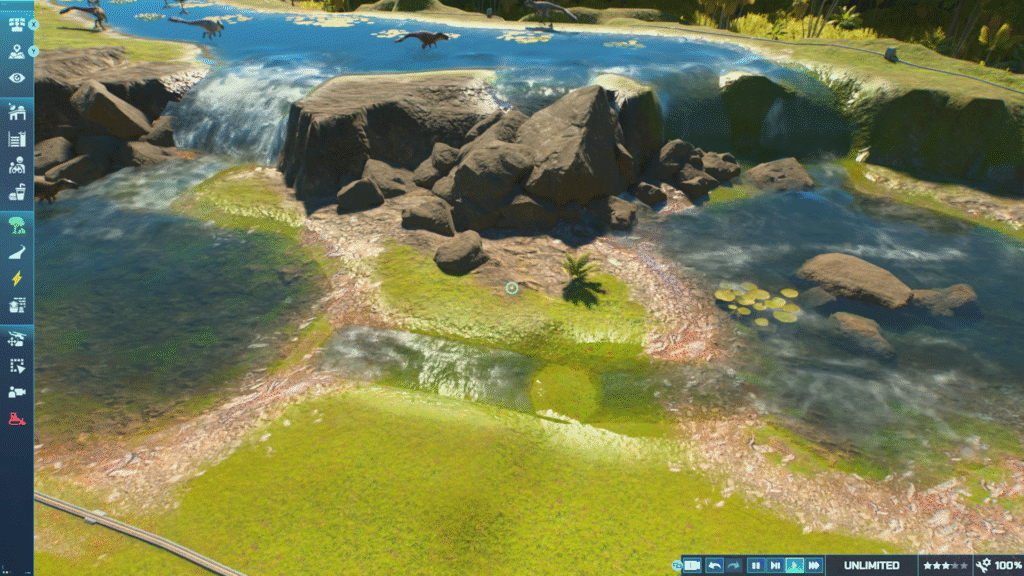
The hatchery and release of dinosaurs have also seen improvements. Now, the hatchery shows the player what the dinosaur will look like while they customise the creature’s appearance. The hatchery also seems more futuristic, with ‘holograms’ of the dinosaurs on the left. Furthermore, the hatchery now gives players the option to organise dinosaurs by their family group. This is extremely useful for figuring out which dinosaurs get along. For example, Lokiceratops likes ceratopsids but dislikes stegosaurids. Another new feature are the delivery zones which allow you to transport dinosaurs from a single hatchery to anywhere in the park without losing the release animations.
With the edition of feathered dinosaurs, Jurassic World Evolution 3 has a greater variety of species. While JWE2 had feathered dinosaurs, they only existed in DLCs. A main feathered dinosaur that jumps out is the Ornithomimus. Despite having the same body shape as Gallimimus and a couple others, Ornithomimus’ feathers make it unique. Another notable species is Deinonychus, which has had a complete redesign from its JWE2 counterpart. The old design featured a crest on the head and large eyes. The new design has feathers, smaller eyes and a clump of extra feathers on the male. One of the main features JWE3 brings to the trilogy is breeding, along with male dinosaurs. All land dinosaurs appear to lay eggs, while marine reptiles do not. I would prefer to see the marine reptiles laying eggs as well because they are also reptiles like the dinosaurs. The babies themselves inherit traits and appearances from their parents and appear to be unable to be born with a different appearance, which is a good feature as it prompts players to breed specific individuals to get certain skin and pattern combinations. I have also noticed that there is a higher chance of an egg hatching to be female than male. However, more breeding could prove otherwise. The difference between male and female is both good and bad. It would appear that all land dinosaurs have an obvious difference, like the extra feathers on male Yutyrannus. Meanwhile, there appears to be no difference in marine reptiles like the Megladon, making it impossible to tell them apart without looking at their information.
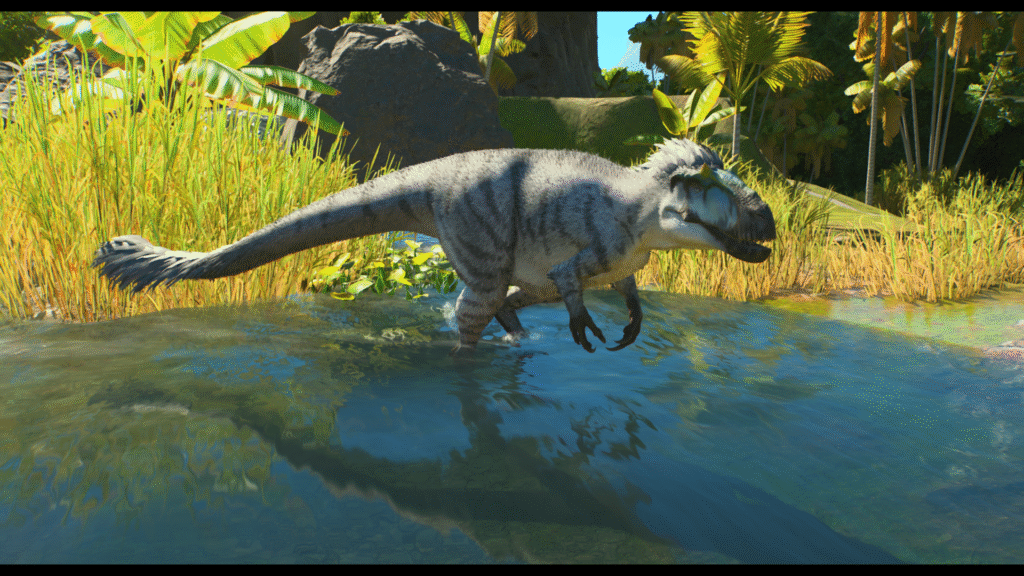
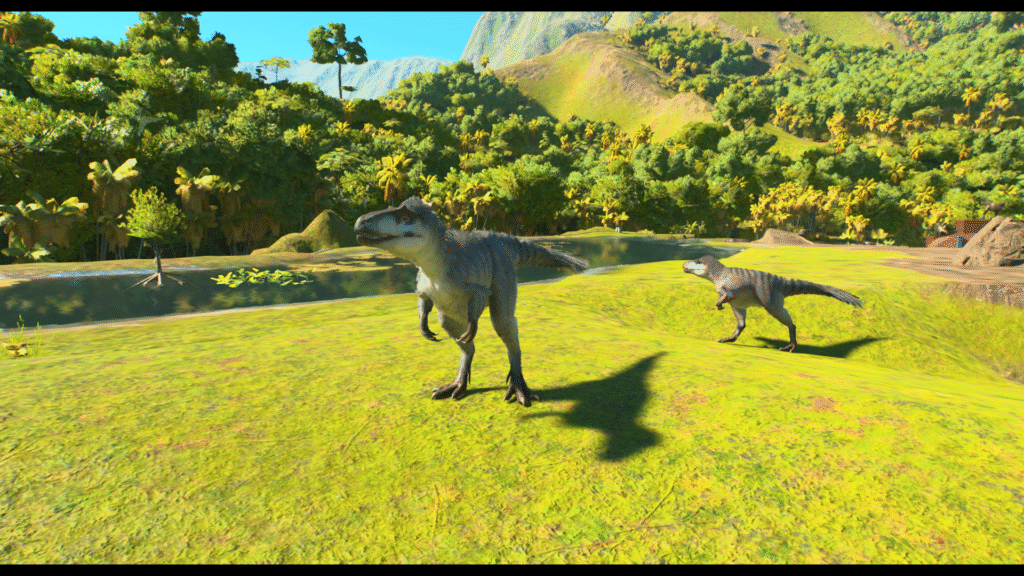
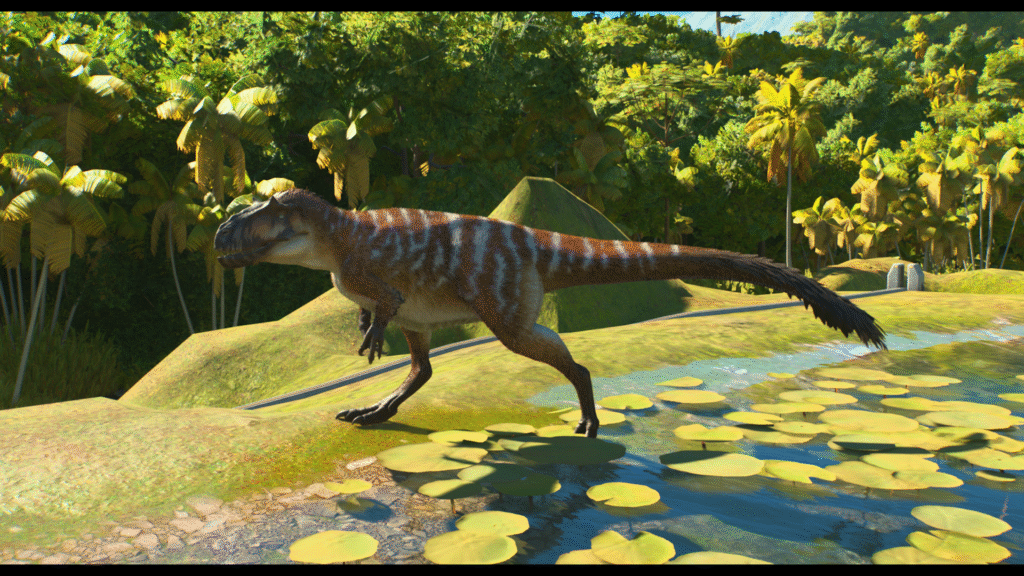
Overall, Jurassic World Evolution 3 is an excellent game and a definite improvement from JWE2, with new features like breeding and modular building. I look forward to playing more and discovering even more new features.

